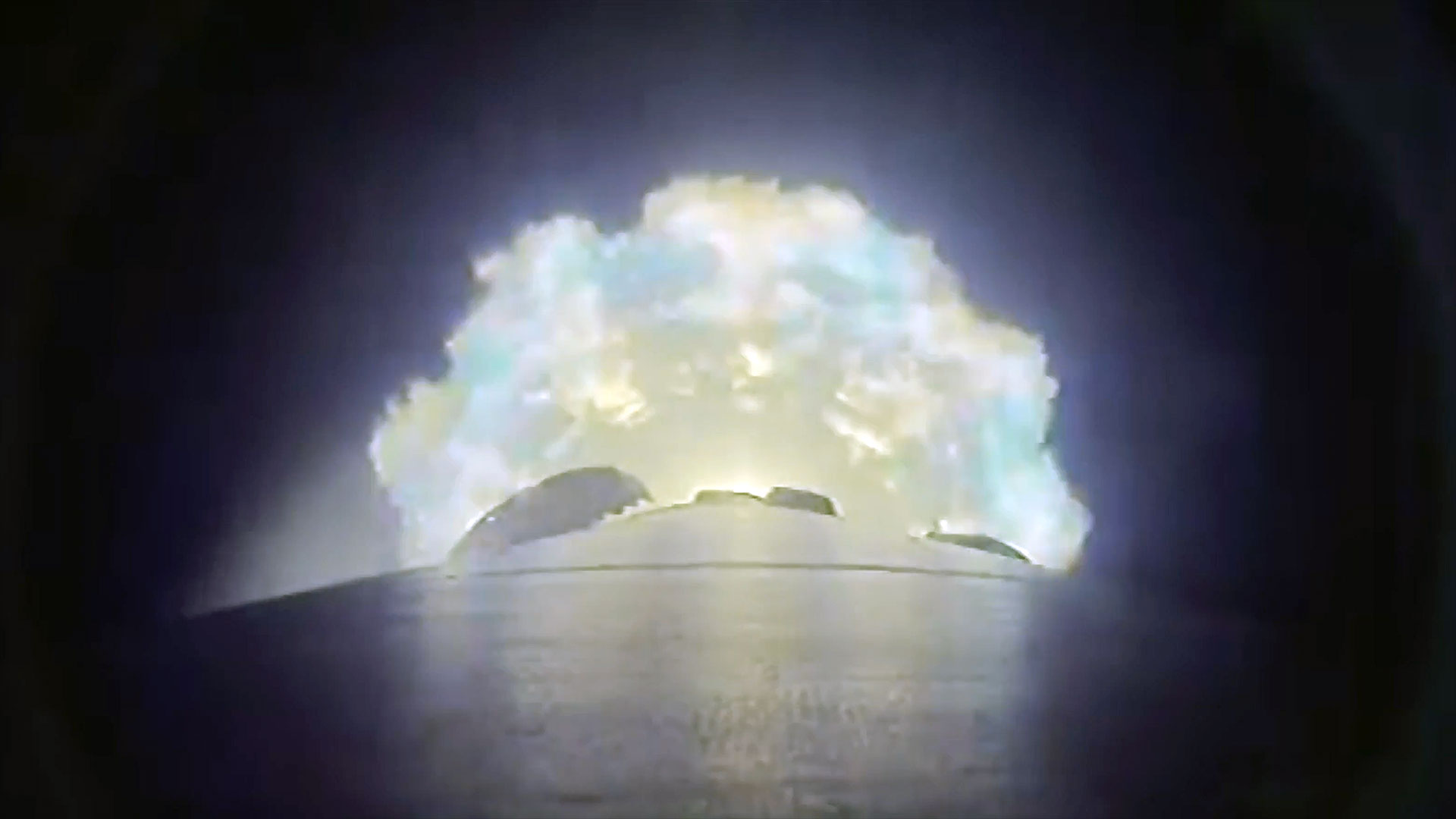Long Space Missions Risk Cancer and Premature Aging
It iswell-known that deep-space radiation would be risky for future astronauts onlong-lasting missions to targets such as Mars, but new research puts the dangerin stark relief.
The healthrisks could include cancer, especially colon cancer, and premature aging,according to preliminary findings from a NASA-funded study of mice which foundthat so-called high linear-energy-transfer (LET) radiation in space can do moreharm to living cells than the low-LET radiation that people encounter morecommonly on Earth, said researcher Dr. Albert Fornace, co-investigator at GeorgetownUniversity's Lombardi Comprehensive Cancer Center.
"There'ssome evidence of an increase in oxidative stress and ongoing DNA damage,"Fornace said.
The studyfound that high-energy radiation caused more damage in the gastrointestinaltract of mice than lower-energy gamma or X-ray radiation used in medicaltherapies. That's because unusually high levels of free radical molecules caninjure living cells and lead to runaway genetic mutations which trigger cancer.
Researchersalso saw evidence of premature aging in the graying coats of the mice, withsimilar results having surfaced before in other radiation studies.
Astronautson proposed long-duration missions to the moon, Mars or beyond would encounterhigh-energy radiation once outside the Earth'sprotective magnetic field and endure months of exposure.
High-LETradiation is found in solar flares and is made up of high-energy protons, chargediron particles and some gamma radiation. Earth?s atmosphere blocks the majorityof this radiation, preventing exposure tothese particles in normal life.
Breaking space news, the latest updates on rocket launches, skywatching events and more!
Astronautson shuttle or space station missions (relatively short-duration missions)sometimes see flashes of light when they close their eyes — the result ofhigh-energy particles striking and probably killing retinal cells in theireyes.
?[W]ithplans for a mission to Mars, we need to understand more about the nature ofradiation in space," said lead investigator Dr. Kamal Datta. "Thereis currently no conclusive information for estimating the risk that astronautsmay experience.?
Currentastronauts may have a higher risk of cancer than on average, according to a2004 National Academy of Sciences report. However, the only significantincrease in astronaut mortality so far comes from accidents such as theChallenger and Columbia disasters.
Still, thedanger of high-energy radiation would currentlybe too great for astronauts to undertake long-term moon and Mars missions,according to a 2008 report by the National Research Council.
Thelong-term effects of high-energy radiation may remain unknown, but researchersplan to watch how the test mice develop gastrointestinal tumors over the nextyear or so. Even a doubled risk of getting gastrointestinal cancer fromhigh-energy radiation could be significant, because gastrointestinal cancersare the most common.
Understandingif high-energy radiation affects living cells the same way as low-energyradiation should help NASA begin to plan around the problem and developappropriate medical or shielding technologies.
"Makingrisk estimates should be straightforward if the mechanisms are the same,"Fornace told SPACE.com. "We'll be able to plan accordingly withpreventative therapies."
- Measurement of Mars Radiation
- Surviving Space: Risks to Humans on the Moon and Mars
- Future 'Martians' Could Live in Caves
Jeremy Hsu is science writer based in New York City whose work has appeared in Scientific American, Discovery Magazine, Backchannel, Wired.com and IEEE Spectrum, among others. He joined the Space.com and Live Science teams in 2010 as a Senior Writer and is currently the Editor-in-Chief of Indicate Media. Jeremy studied history and sociology of science at the University of Pennsylvania, and earned a master's degree in journalism from the NYU Science, Health and Environmental Reporting Program. You can find Jeremy's latest project on Twitter.
